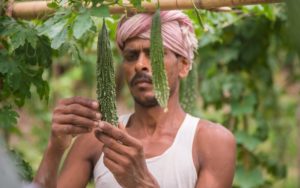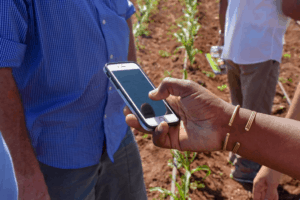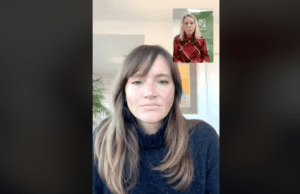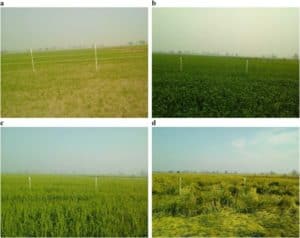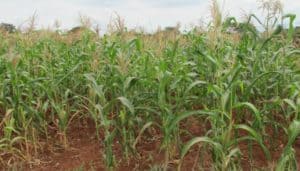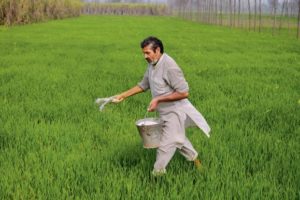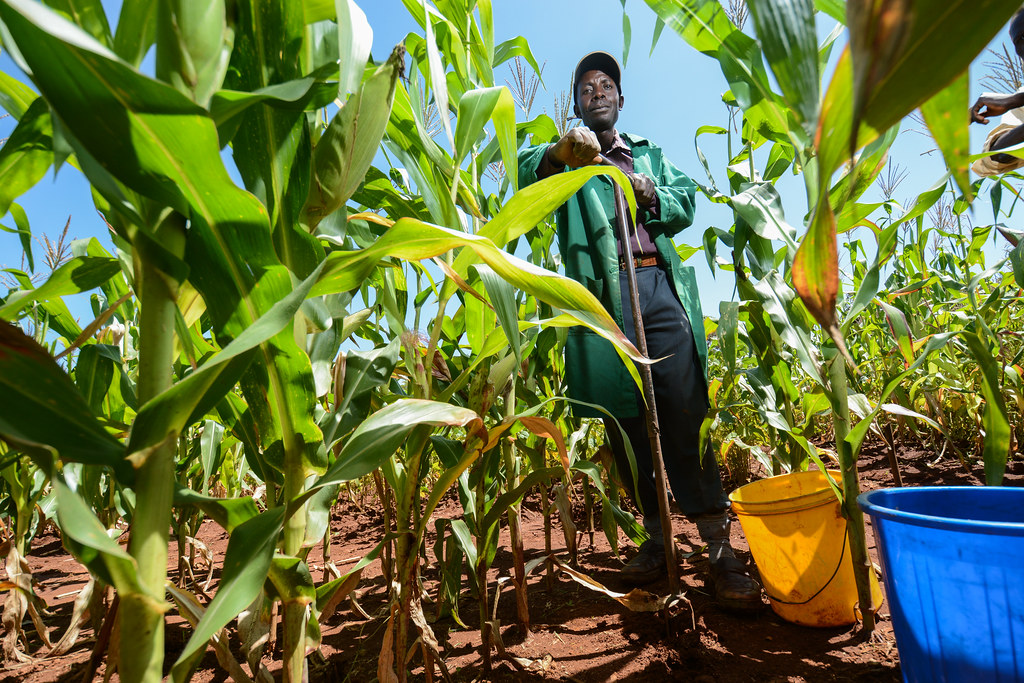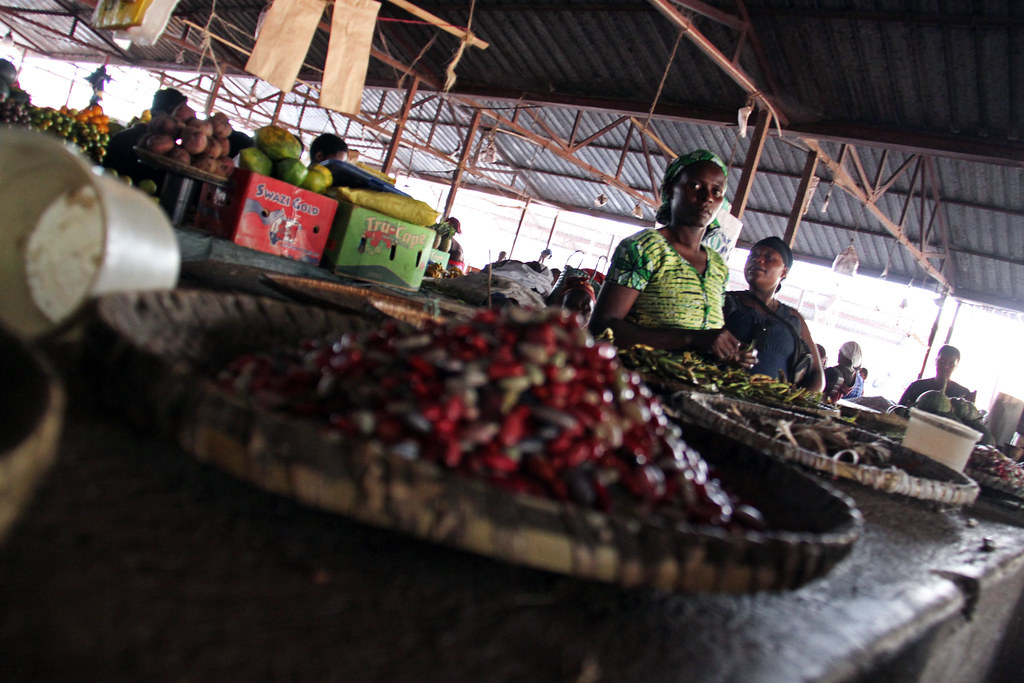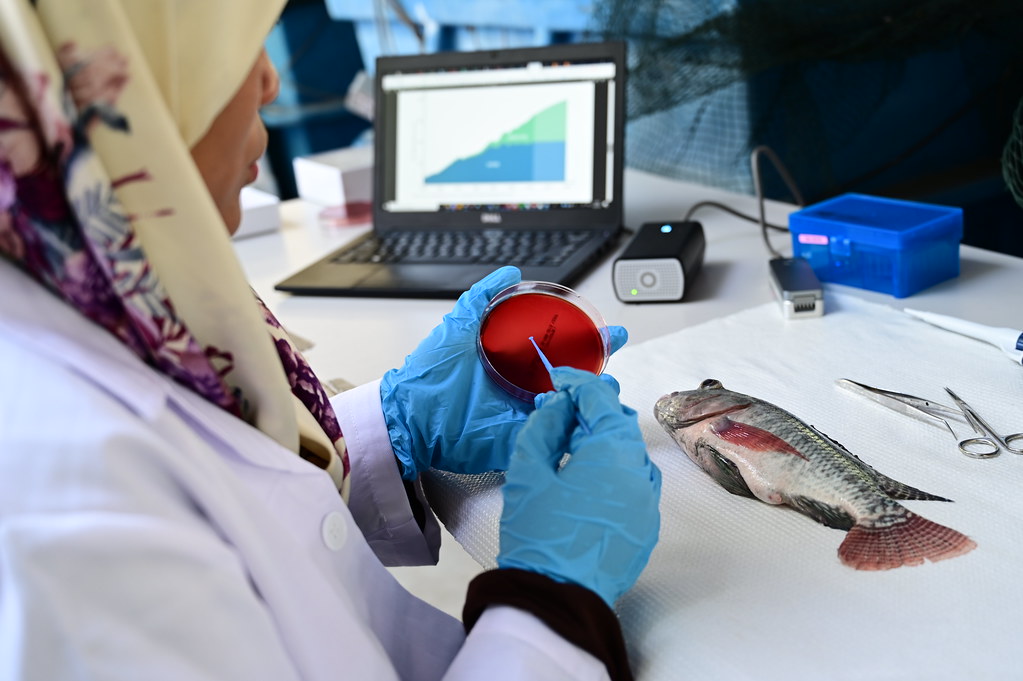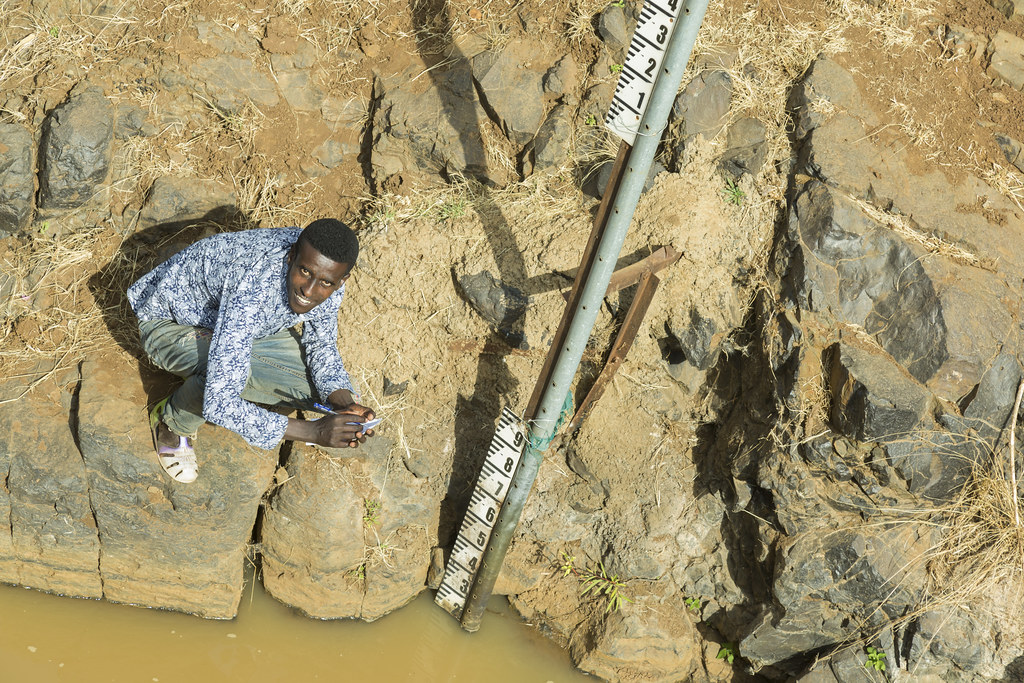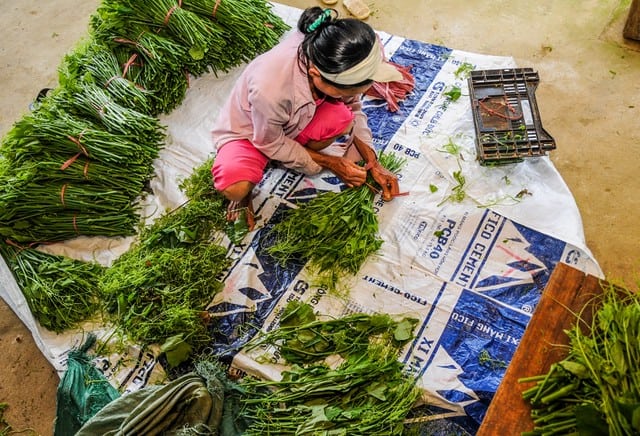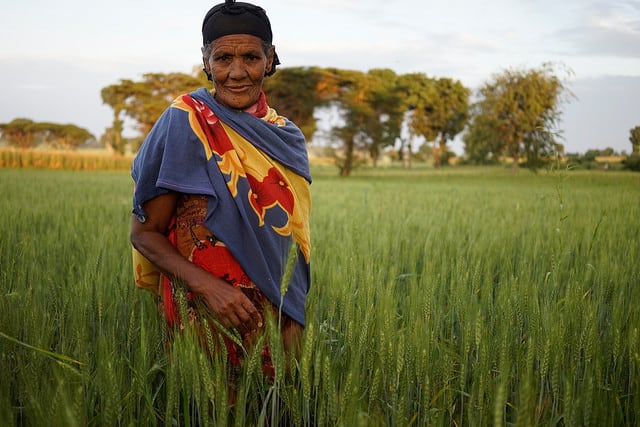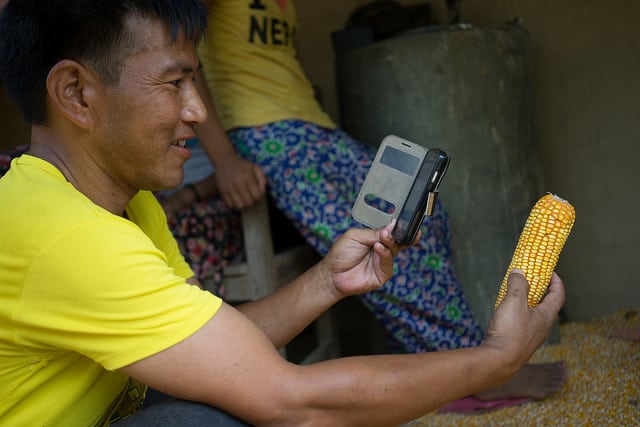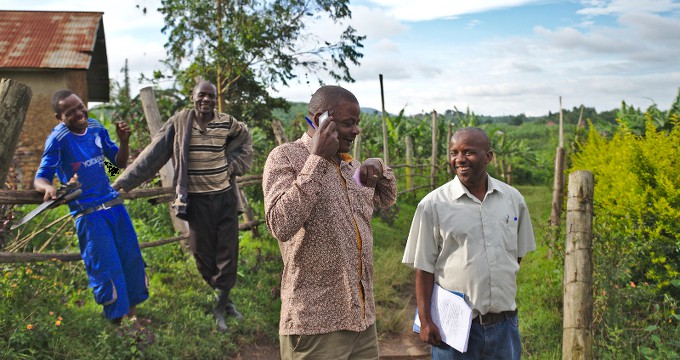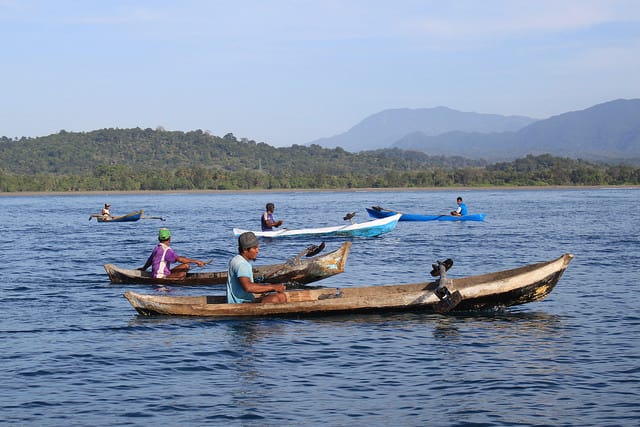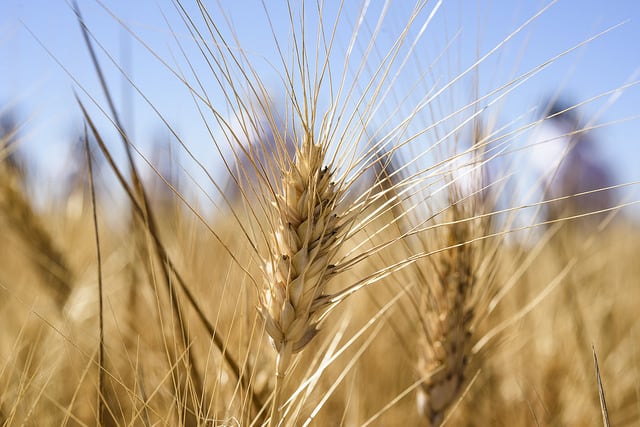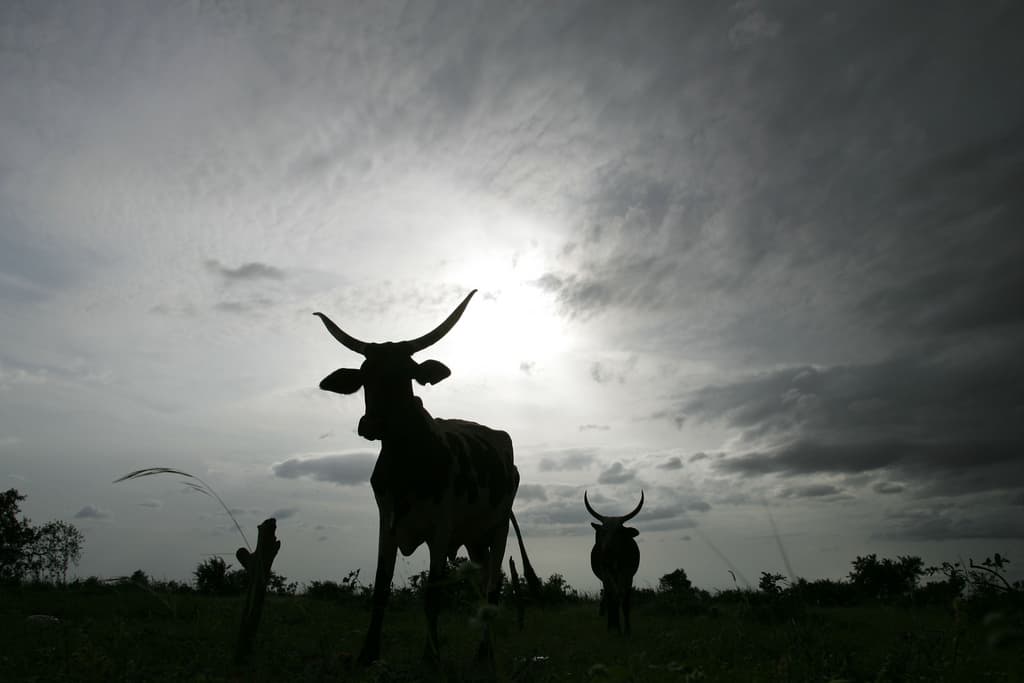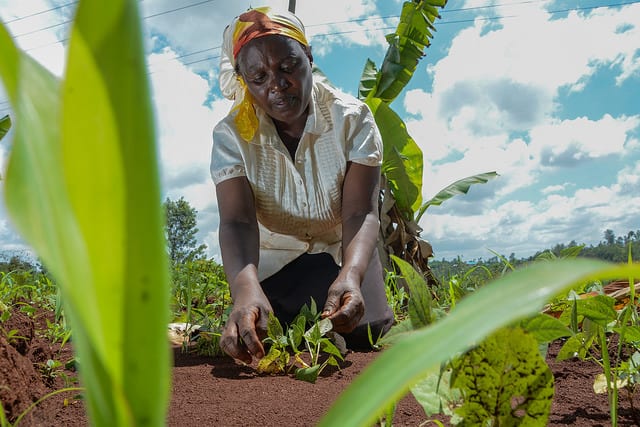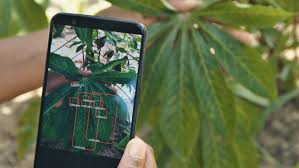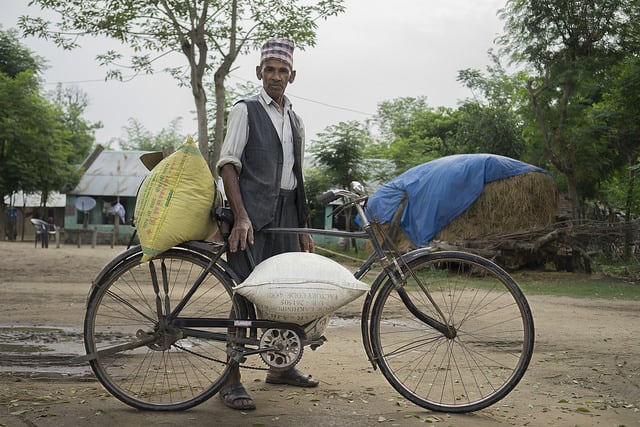2017 Winner & 2018 Scale Up Winner
Seeing is believing: Using smartphone camera data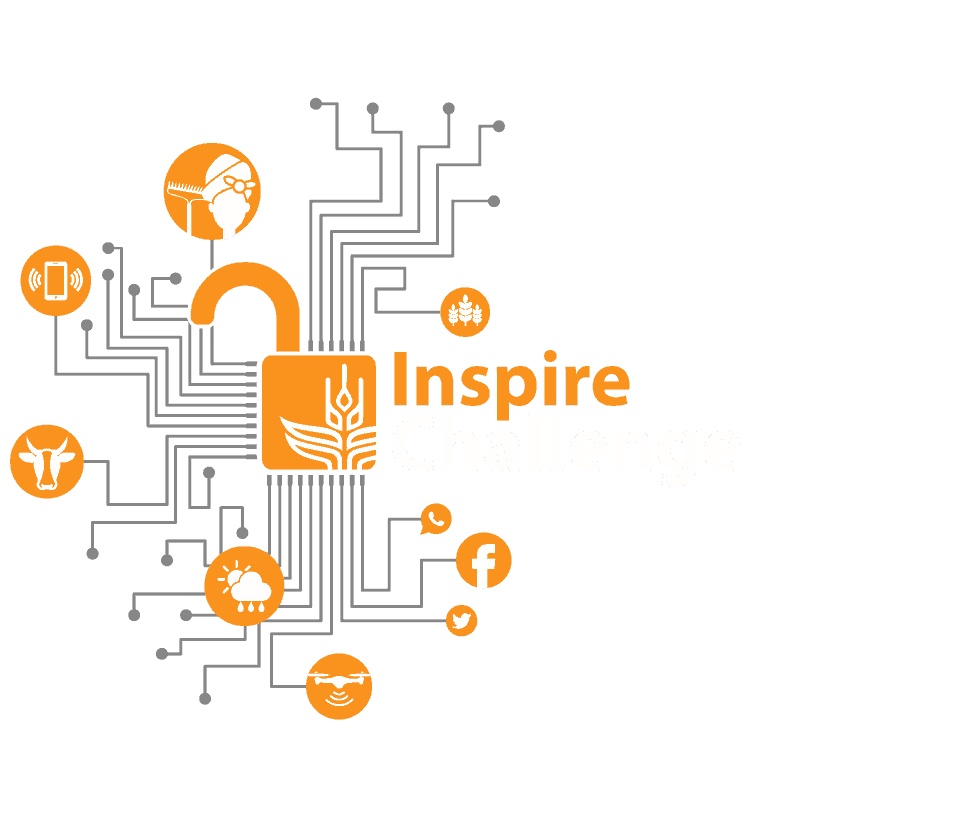
The Inspire Challenge is an initiative to challenge partners, universities, and others to use CGIAR data to create innovative pilot projects that will scale. We look for novel approaches that democratize data-driven insights to inform local, national, regional, and global policies and applications in agriculture and food security in real time; helping people–especially smallholder farmers and producers–to lead happier and healthier lives.
This proposal was selected as a 2017 winner, with the team receiving 100,000 USD to put their ideas into practice. The team won the Scale Up award the following year, receiving an additional USD 250,000 for their outstanding ability to demonstrate the project’s proven viability and potential for impact.

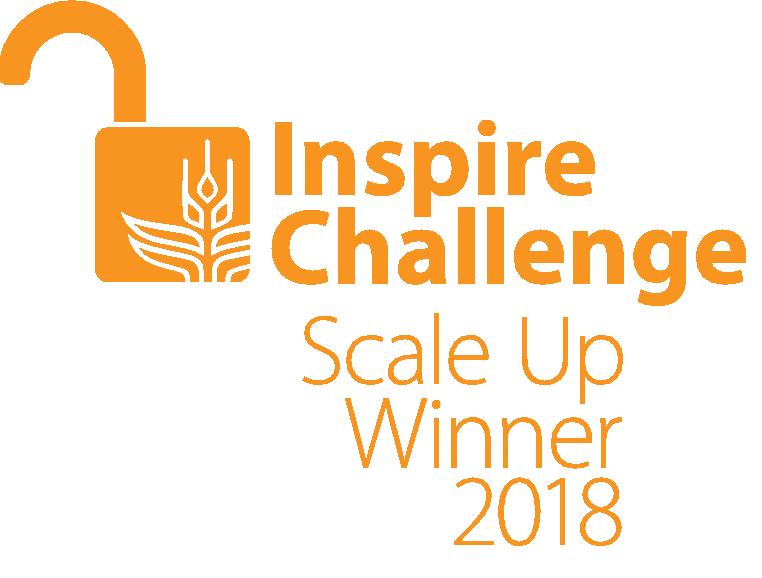
Seeing is believing: Using smartphone camera data
Agricultural risk management solutions such as insurance and advisories offer a variety of benefits to smallholder farmers: improved management practices, productivity, and profitability. However, such services have historically lacked personalized advice and insurance that could enhance these benefits for smallholder farmers; until recent technological advances, collecting and processing real-time, plot-level information on crop health and growth has been associated with limited capacity and high costs.
Leveraging recent advances in smartphone ownership and data collection, the “Seeing is Believing” project aims to deliver personalized agricultural advice and insurance services to smallholder farmers across several sites in India. The project’s dedicated smartphone application uses farmers’ own smartphone pictures of visible crop characteristics—“eyes on the ground”—to optimize agronomic decision-making and claims settlement.
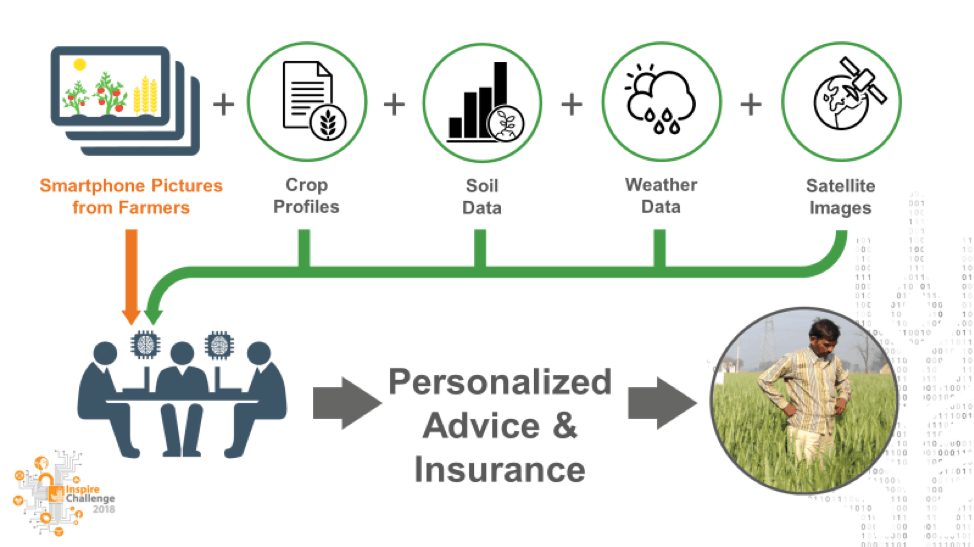
Through the app, farmers submit geotagged, time-stamped pictures of insured sites from sowing to harvest. In response, they receive timely and relevant agriculture advisories and improved insurance claims settlements.
In the first phase, the project found that real-time crop data obtained from smartphone pictures can empower data-driven farming through three channels:
- Experts can target messages towards a farmer’s individual situation, raising the value and timeliness of the advice.
- The tangibility of pictures can increase ownership and take-up of the advice as well as the insurance product.
- Insurers’ increased access to monitoring data allows them to provide recommendations that minimize risk, thus lowering expected insurance payouts.
In the second phase, the project will test alternative models for scaling, target a retail product for commercial crops, bundle with credit to enable financial opportunities for smallholder farmers, and integrate into CABi’s flagship program PlantWise—a service that provides pest and disease management advisories to members of Farmer Producer Organizations (FPOs).
The project also has potential to shed light on whether there is a business case for insurance providers to deliver advisories. Pending the bundling of the project’s insurance product, provided in partnership with HFDC Ergo General Insurance, with the project’s advisory product, the team will test whether bundling improves risk management by reducing expected insurance payouts and thus reducing insurance premiums.
Project Partners
CABI is co-leading the project, and the local partner for activities in Tamil Nadu. CABI oversees the development and implementation of remote advisories in Tamil Nadu, building on the knowledge and infrastructure available through its flagship program PlantWise.
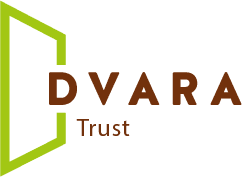
Dvara Trust, through its incubations Dvara KGFS, a provider of microfinance loans, and Dvara E-Registry, a fintech start-up that focuses on innovative solutions for the agricultural sector, is the local partner for activities in Odisha. Dvara Trust is responsible for the development and implementation of picture-based credit and remote advisories, in partnership with Precision Agriculture for Development (PAD) in Odisha.
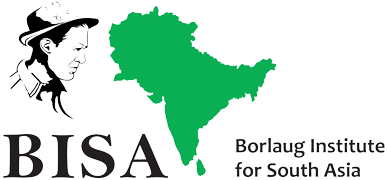
Borlaug Institute for South Asia (BISA) is the local partner for Haryana. This research institute is responsible for the development and implementation of picture-based advisories, the distribution of picture-based insurance, and the data collection that feeds into the rigorous impact evaluation of the advisory and insurance services.
HDFC ERGO General Insurance Company, Limited is an insurance provider in India. A significant player in the national crop insurance scheme (PMFBY), HDFC is a major scaling partner for the project and is underwriting the picture-based insurance products offered to farmers as part of the project.
IFPRI is the overall project lead and responsible for the insurance product design as well as the evaluation of the remote advisories and picture-based financial services in each of the three states.
Step by step
US$100K grant
The project was one of five winners of the Inspire Challenge 2017 and was awarded US$100K at the inaugural annual convention of the CGIAR Platform for Big Data in Agriculture, 19-22 September 2017.
Training local experts in picture-based advisory messages
The project trained four local agronomists in interpreting the images and sending out advisories based on cues visible in pictures taken by farmers from sowing to harvest on their insured plots.
The project developed an online platform, linked to an improved version of the smartphone application WheatCam, where the trained agronomists could review individual farmers’ pictures and push remote picture-based advisory (PBA) messages directly through the app to the farmer’s phone.
Piloting the service in 200 villages
The project piloted and tested the service through a cluster randomized trial with 200 villages in Haryana and Punjab, India. Villages were randomly assigned to one of three interventions:
- farmers in 50 villages received conventional interactive voice response (IVR) and SMS messages (control group)
- farmers in 75 villages received personalized, picture-based advisory (PBA) messages (PBA treatment)
- farmers in the remaining 75 villages received picture-based insurance (PBI) coverage on top of the IVR, SMS, and PBA messages (PBA + PBI treatment)
Assessing the results
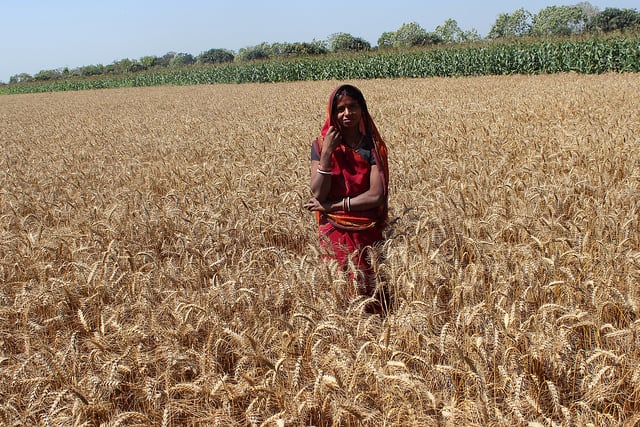
Photo: Madhulika Singh / CIMMYT.
The project broadcasted IVR and SMS messages to a total of 32,237 wheat producers. Results show that the advisory messages increased knowledge on best agricultural practices by 78% and revealed strong complementarities between PBA and PBI.
Engagement in the PBA service — measured as the number of pictures submitted and farmers’ satisfaction — was significantly higher when bundled with PBI, and while willingness to pay for PBA alone was negligible, respondents were willing to pay an extra 8.7% of the insurance premium when PBA was embedded in the PBI product.
Finally, greenness indices derived from the crop imagery predicted the onset of growth stages during which crops are more vulnerable to weather risk, thereby outperforming satellite vegetation indices. Project partner BKC WeatherSys was able to train a convolutional neural network that predicts crop damage with higher accuracy than BKC’s existing agronomic software (using crop models, weather data, and satellite imagery) to provide advisories.
Towards smart weather index-based insurance products
With funding from the UK Natural Environmental Research Council (NERC) and the International Initiative for Impact Evaluation (3ie), and the CGIAR Research Program on Policies, Institutions, and Markets (PIM) the project was able to deepen its collaboration with HDFC.
HDFC, IFPRI, and Manchester University are using ground pictures, satellite imagery, weather data, and crop models to design smart weather index-based insurance products. These products will be implemented and evaluated rigorously through a four-year impact assessment in the Northern Indian state of Haryana.
HDFC will roll out PBI products in 2018 for a range of crops (wheat, paddy, tomatoes, and potatoes) in four districts in Haryana, and the project is engaging closely with the Haryana Departments of Agriculture and Horticulture for implementing these products in their state-wide programs in subsequent years.
Given the observed complementarities with PBA, the project proposes linking HDFC to advisory service providers that can help HDFC harness big data for crop damage prediction and remote advisory provision.
HDFC and IFPRI entered high-level conversations with the Odisha and Tamil Nadu state governments, and the project was approached by ACRE Africa and Kenya Agricultural & Livestock Research Organization (KALRO) to implement PBI complemented with remote advisory services in Eastern Africa. Resource mobilization to expand into Eastern Africa is currently well underway, with two major proposals under review.
US$250K scale-up grant
The project was the Inspire Challenge Scale Up Winner 2018 and was awarded US$250K at the second annual convention of the CGIAR Platform for Big Data in Agriculture, 3-5 October 2018.
Journal article published
The team published a paper titled, “Monitoring crop phenology using a smartphone based near-surface remote sensing approach” in Agricultural and Forest Meteorology.
Highlights from the article include:
- Smartphone repeat imagery quantifies important phenological stages of winter wheat.
- Small scale phenology or disturbances are not captured by satellite remote sensing.
- Using smartphone imagery can improve crop modeling and insurance for small farmers.
Second journal article published
The team published a paper titled, “The feasibility of picture-based insurance (PBI): Smartphone pictures for affordable crop insurance,” in Development Engineering: The Journal of Engineering in Economic Development.
The paper analyzes the feasibility of PBI as a low-cost tool to improve coverage. A pilot implementation in the rice-wheat belt of India speaks to PBI being a feasible and valuable innovation to reduce downside basis risk in index insurance:
Nearly two-thirds of trained farmers took at least four pictures (roughly one per growth stage), which was considered sufficient for loss assessment.
- Severe damage was visible from smartphone pictures in 71% of affected sites, and this was a significant improvement over alternative index-based products, which identified severe damage in at most 34% of affected sites.
Testing alternative scaling models
During the monsoon (Kharif) season, the team will test three alternative scaling models:
- A commercial, retail approach for horticultural crops in Haryana State
- Linking with a digital crop registry for credit in Odisha State with Dvara Trust
- Linking with CABI’s PlantWise program and its partners in Tamil Nadu
App updates
New app updates are expected to improve the user experience. Updates include an improved interface, customization for the different project sites, and gamification to motivate increased participation.
In Haryana, a system called “KisanCoins” provides incentives for farmers to reach certain milestones. Various forms of participation on the app earn farmers coins which they can then trade for rewards. A public leaderboard allows farmers to track their performance against others.
Data collection
Data collection in Kenya is ongoing for two new projects:
- With funding from the IDRC-ACIAR Cultivate Africa’s Future (CultiAF) Phase II, the team will develop, implement, and evaluate picture-based insurance and advisory services for different crops in Kenya.
- With funding from the Netherlands – CGIAR research program for seed systems development (NWO-WOTRO), the team will analyze the cost-effectiveness of utilizing such innovations in agricultural risk management from a seed systems perspective.
Stay tuned for more updates!
Project News and Resources
Meet all the Winners

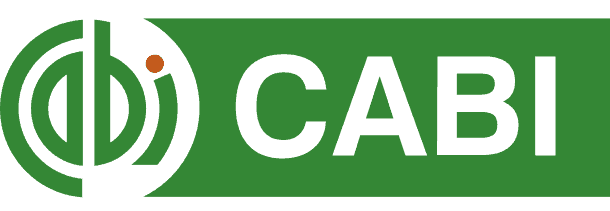
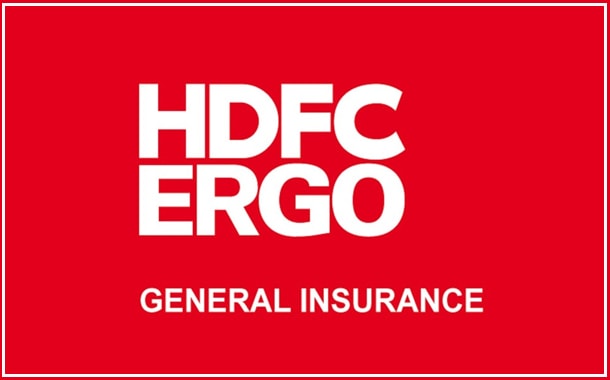

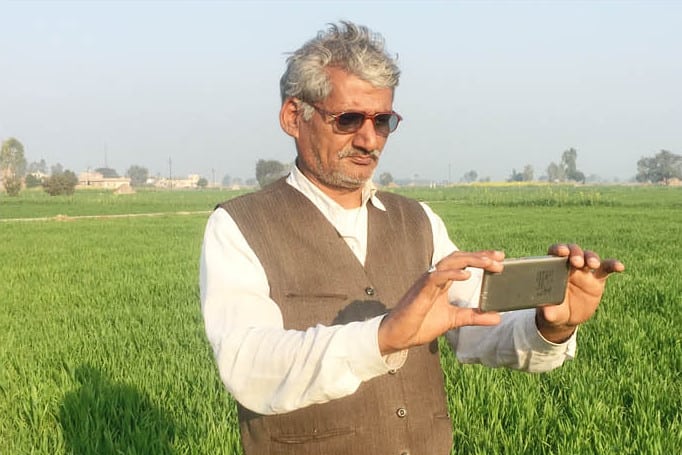

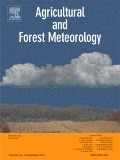
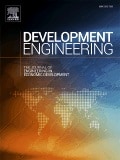 Nearly two-thirds of trained farmers took at least four pictures (roughly one per growth stage), which was considered sufficient for loss assessment.
Nearly two-thirds of trained farmers took at least four pictures (roughly one per growth stage), which was considered sufficient for loss assessment. 
